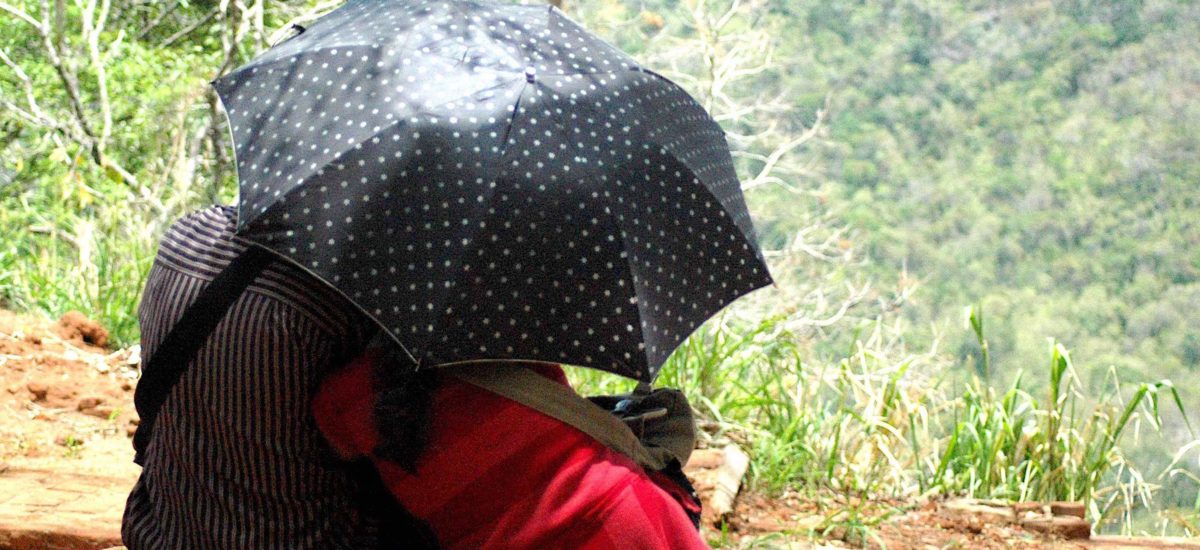Photo courtesy of Global Issues
Today is World AIDS Day
Sri Lanka is aiming to end AIDS by 2030 in accordance with the UN’s Sustainable Development Goals. The government has taken many positive measures in the fight against AIDS including educating people on HIV, testing at risk individuals and providing treatment options to those who are HIV positive. The target for 2025 is achieving that 95% should be diagnosed, of them 95% should be treated for HIV and of these 95 should be on medication.
However, HIV cases during the first half of 2022 were nearly 90 percent higher than that of the first half of last year. Some 88 percent of those with HIV are in the 25 to 49 age group with less than 12 percent being under 25. In 2021, 73 people died of AIDS.
The Director of the National STD/AIDS Control Programme, Dr. Rasanjali Hettiarachchi, told a newspaper that 50 university students have been diagnosed with HIV, along with four school children and two monks.
According to Dr. Ariyaratne Manathunge, Coordinator of Strategic Information at the National STD/AIDS Control Programme, the reason for the increased numbers could be because of reduced HIV testing last year due to the pandemic, leading to low reporting. The lack of awareness about the disease and unchanged behaviour with regard to having unprotected sex are also some causes for the rising number of cases.
As more and more people plunge into extreme poverty, Dr. Manathunge said that a lack of self-worth could result in risk taking behaviour. There have been reports of garment workers resorting to sex work to survive, along with increased incidence of sexually transmitted diseases. Although most of the country’s sex workers practice safe sex, the new ones were young and did not know about safety methods. In crushing economic difficulties, many wanted quick cash to provide food for their families and could not make demand on their clients, Geethani Samaraweera National Coordinator of the Sexual Transmitted Diseases Unit, told the media.
Sri Lanka is a high risk country because of a large youth population, internal and external migration, an expanding commercial sex industry, tourism, increase in sexually transmitted infections, low levels of condom use, drug use, the presence of military in conflict affected areas and displacement of people due to conflict.
“The seriousness of HIV/AIDS risk to the world of work is evident from the fact that 90 % of infections have been reported from 20-49 years of age group, the economically most productive segment,” according to an ILO report.
Despite being a high risk country, the cases of HIV and AIDS are relatively low compared to many other countries. Dr. Manathunge credited outreaching higher risk populations with HIV prevention services, having a comprehensive health service for sexually transmitted infections, implementation of a number of biomedical interventions and condom promotion as some factors that have kept the numbers small. Also HIV has not penetrated injecting drug users so far. If this happens HIV will increase rapidly, he warned.
According to an assessment of the National HIV/STI Strategic Plan 2018 to 2022, Sri Lanka has continued to remain a low prevalence epidemic country because of political commitment, major resource allocation and prioritisation of marginalised populations in the strategic plans.
“The elimination of mother-to-child transmission of HIV and congenital syphilis shows its ability to target a population group when necessary and scale up efficiently. It has also demonstrated the country’s commitment to public health and builds on the strong foundation of primary health care services that it laid several decades ago,” the report said.
A national condom strategy was developed in 2015 to ensure the availability of quality condoms either free of charge or at an affordable price throughout the country.
“There is no legal restriction to keep condoms. Using possession of condoms as evidence of sex work, has largely reduced over the recent years with the advocacy and training of law enforcement officers. However, myths and poor attitudes towards condom use still persist in the society, and may hinder their use,” according to the assessment report.
A UNFPA report cited stigma and discrimination as being the foremost barriers to HIV prevention, treatment, care and support, undermining HIV prevention efforts by making people afraid to seek HIV information, services and modalities to reduce their risk of infection and to adopt safer behaviours. There was still progress to be made in providing access to testing and treatment.
The National HIV Monitoring and Evaluation Plan 2017-2022 stated that “Although Sri Lanka is a low HIV prevalent country with an infection rate of less than 0.1% among adult population, concerns such as a rising trend in annual case detections, higher prevalence among young people and men who have sex with men (MSM), reiterate the need for greater vigilance and close monitoring.”
Risky behaviour still existed among key population groups and preventing the virus from penetrating into these groups remained a main prevention strategy. “Without a vigilant and proactive national response the past and present HIV epidemiological landscape could be adversely and dramatically affected,” the plan said.
“HIV impacts people on a global scale. By establishing preventative measures and treatment programs, Sri Lanka has pushed back against HIV and taken significant steps to eliminate HIV by 2025. These efforts can be an example for other countries experiencing HIV outbreaks and setbacks. Hopefully, with more government efforts dedicated to fighting HIV, the virus will soon be eliminated worldwide,” said writer Eliza Cochran.


